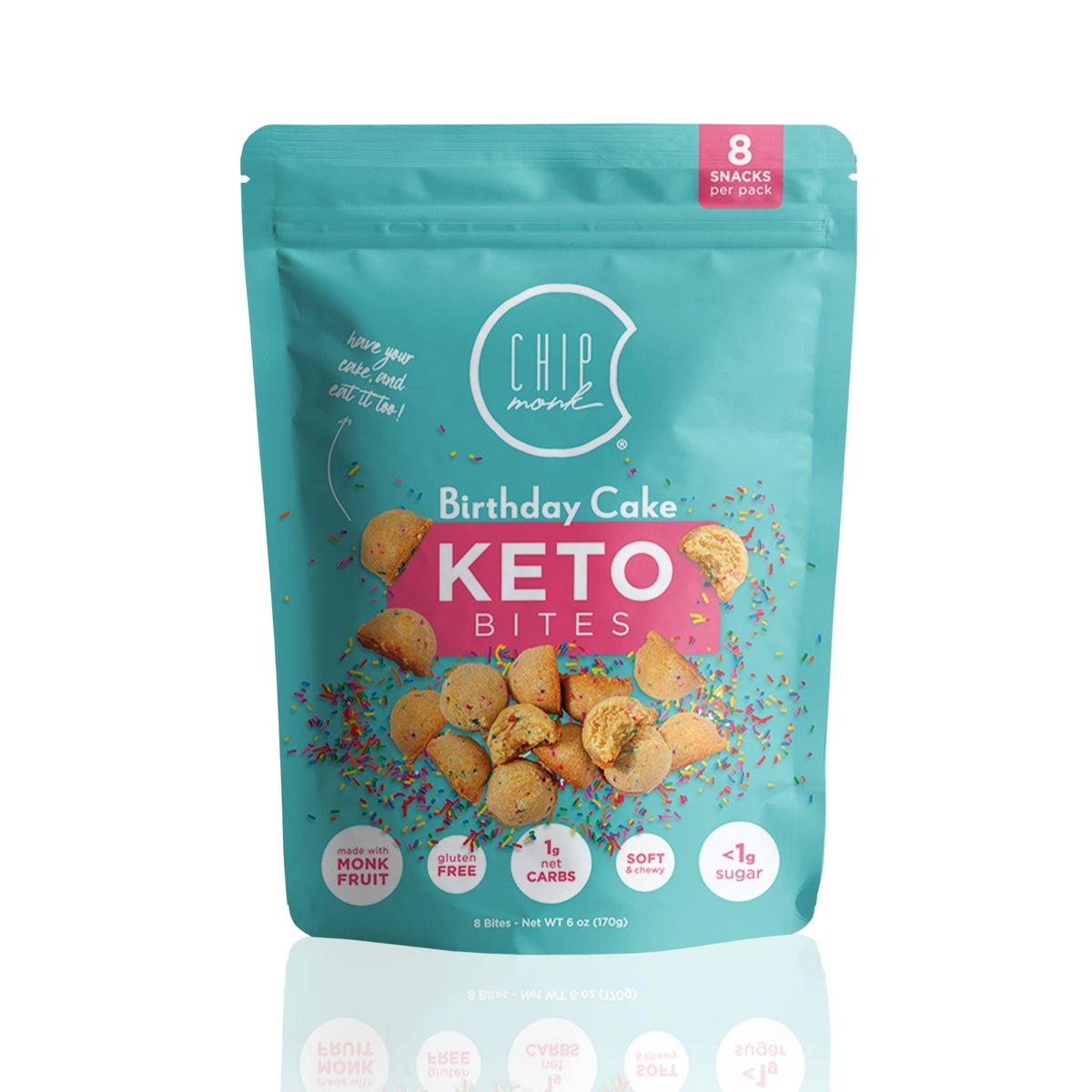Essential Guide to Enhancing Processed Low-Fat Foods for Maximum Nutrition
Low-fat foods have surged in popularity due to their perceived health benefits, especially in weight loss diets. However, understanding how to enhance these processed foods can significantly improve their nutritional value. This guide offers effective methods to maximize nutrition while enjoying your low-calorie snacks. By implementing these strategies, you can make informed dietary choices that align with a healthy lifestyle. Key takeaways include insights into cooking techniques, meal planning tips, and understanding nutritional labels.
Understanding Processed Foods and Their Nutritional Value
Building on the basics of low-fat foods, it is crucial to comprehend what constitutes processed foods. These items undergo various methods to alter their original state for preservation or convenience. While processed foods can be beneficial, they can also lack essential nutrients in some cases. For example, many low-fat dairy products may have added sugars or artificial ingredients to enhance flavor.
Defining Processed Foods and Their Categories
Processed foods encompass everything from frozen meals to boxed snacks. Generally, these products can be divided into three categories: minimally processed, moderately processed, and heavily processed foods. Understanding these differences helps with calorie count and nutritional assessment.
Health Benefits of Low-Fat Processed Foods
When selecting low-fat processed foods, many offer health benefits such as lower calorie content and reduced saturated fat intake. These foods can aid in maintaining a balanced diet while addressing specific dietary restrictions such as low-calorie diets and weight management goals. That said, emphasizing whole foods remains vital while incorporating these snacks into your healthy meal prep.
Evaluating Food Labels
Reading nutrition labels is essential in understanding the nutritional value of processed foods. Look for key factors such as fiber content, sugar alternatives, and dietary choices that align with your health goals. This scrutiny aids in making informed choices when grocery shopping.
Practical Cooking Techniques to Enhance Nutritional Value
With these foundational aspects of processed foods covered, let’s delve into cooking methods that can enhance their nutritional value. Adopting creative cooking techniques can elevate the taste and health benefits of your low-calorie meals.
Incorporating Lean Proteins
Lean proteins are an excellent addition to enhance the nutritional profile of low-fat processed foods. Ingredients such as chicken breast, fish, or plant-based alternatives boost protein intake, which is essential for muscle maintenance and overall health. These proteins can integrate seamlessly into meals for a wholesome dining experience.
Utilizing Herbs and Spices
Enhancing flavor without adding calories is essential when working with low-fat foods. Herbs and spices are your best allies in this endeavor. Adding fresh herbs such as basil, cilantro, or spices like cinnamon can improve taste significantly while providing added health benefits.
Exploring Healthy Cooking Methods
Methods such as steaming, grilling, or baking instead of frying help maintain the low-calorie nature of your meals while preserving the nutrients of the ingredients. Opt for roasting vegetables to add flavor depth without excess calories or fats.
Creative Meal Planning for Balanced Nutrition
With cooking techniques established, let’s discuss meal planning strategies to ensure you're getting the most out of your low-fat foods. Thoughtful meal prep can help with portion control and compliance with dietary guidelines.
Creating a Grocery List with Nutrient-Dense Foods
A well-structured grocery list helps in selecting fiber-rich foods and nutritious snacks that fit into your diet plans. Prioritize shopping for whole foods like fruits and vegetables, along with low-fat dairy and lean proteins. This ensures you have the right ingredients to create balanced meals.
Meal Prepping for Weight Management
Investing time in meal prep can lead to better portion sizes and reduced reliance on processed foods on busy weekdays. Prepare healthy snacks and balanced dishes in advance to avoid poor dietary choices when time is scarce. This strategy promotes mindful eating habits while supporting weight loss goals.
Finding Recipe Ideas that Align with Health Goals
Exploring healthy recipes that emphasize low-calorie ingredients is vital for maintaining a balanced diet. Search for meal ideas that incorporate low-fat foods and cooking techniques shared in this article to maintain variety and nutrition.
Making Smart Snacking Choices
Following a discussion of meal planning, making better snack choices can enhance your overall diet. Understanding options for low-calorie snacks helps in maintaining dietary guidelines without compromising on enjoyment.
Low-Calorie Alternatives for Snacks
When indulging in snacks, opt for low-calorie alternatives instead of traditional options. Choose air-popped popcorn, vegetable sticks with hummus, or low-calorie desserts that provide energy without derailing your health goals.
Portion Control and Calorie Tracking
Maintaining portion sizes is paramount in achieving your calorie count without going overboard. Utilize measuring tools and consider using calorie tracking apps to monitor your snacking habits effectively. This accountability further supports a healthy meal plan.
Healthy Swaps and Substitutions
Making smart swaps in recipes can greatly reduce calorie count without sacrificing flavor. Consider using unsweetened applesauce instead of oil in baked goods or Greek yogurt in place of sour cream to enhance the nutrition of your low-calorie dishes.
Implementing Mindful Eating Practices
As we transition to mindful eating practices, becoming aware of your eating habits can be transformative. Implementing these practices nourishes the body better and supports weight management.
Understanding Your Hunger Cues
Recognize your body’s signals for hunger and fullness. Eating mindfully means being aware of your physical needs rather than emotional eating. Only consume low-fat foods when truly hungry, allowing your body to maintain a healthy calorie deficit.
Focus on Eating Quality Foods
Prioritize food quality over quantity. Opt for fiber-rich foods, such as whole grains, legumes, and fruits, that provide satiety and vital nutrients. Eating with intention can significantly enhance your eating experience and nutritional intake.
Practicing Gratitude During Meals
Taking the time to appreciate the flavors and textures of your food can shift your mindset towards healthier eating. Practicing gratitude during meals deepens your connection to food, steering you towards better dietary choices.
Q&A Section: Common Questions About Low-Fat Foods and Nutrition
What are the key benefits of low-fat foods?
Low-fat foods can help reduce calorie intake while still allowing for enjoyment in meals. They often lower saturated fat consumption, beneficial for heart health, and can aid in weight loss when incorporated into a balanced diet.
How do I know if a processed food is healthy?
Review nutrition labels to check for fiber content, added sugars, and sodium levels. Foods with minimal additives and more natural ingredients are typically healthier options.
What snacks are best for a weight-loss diet?
Look for high-fiber, low-calorie snacks, such as fresh fruits, raw vegetables, yogurt, or whole grain crackers. These options provide essential nutrients without excessive calories, aiding in weight management.


